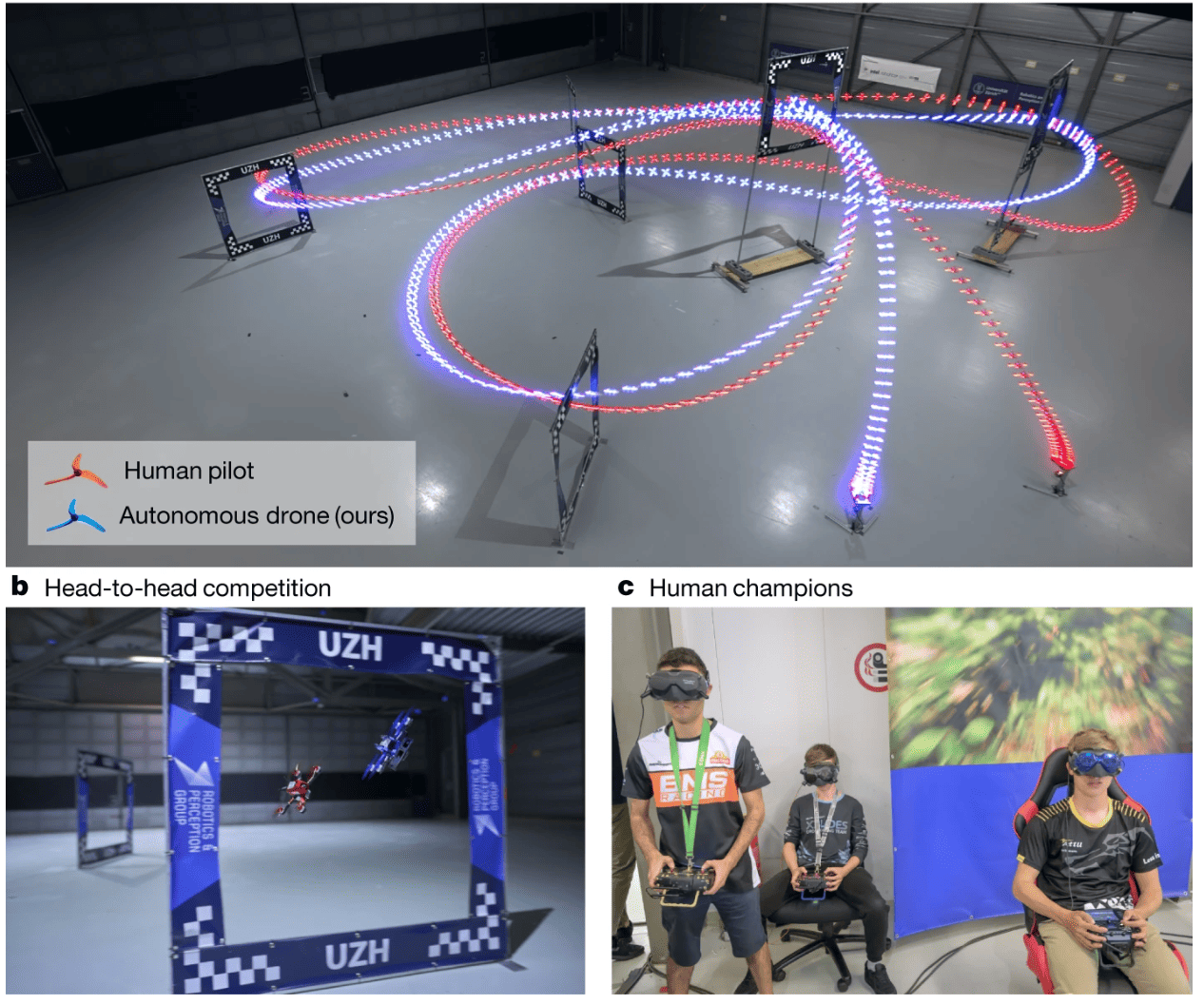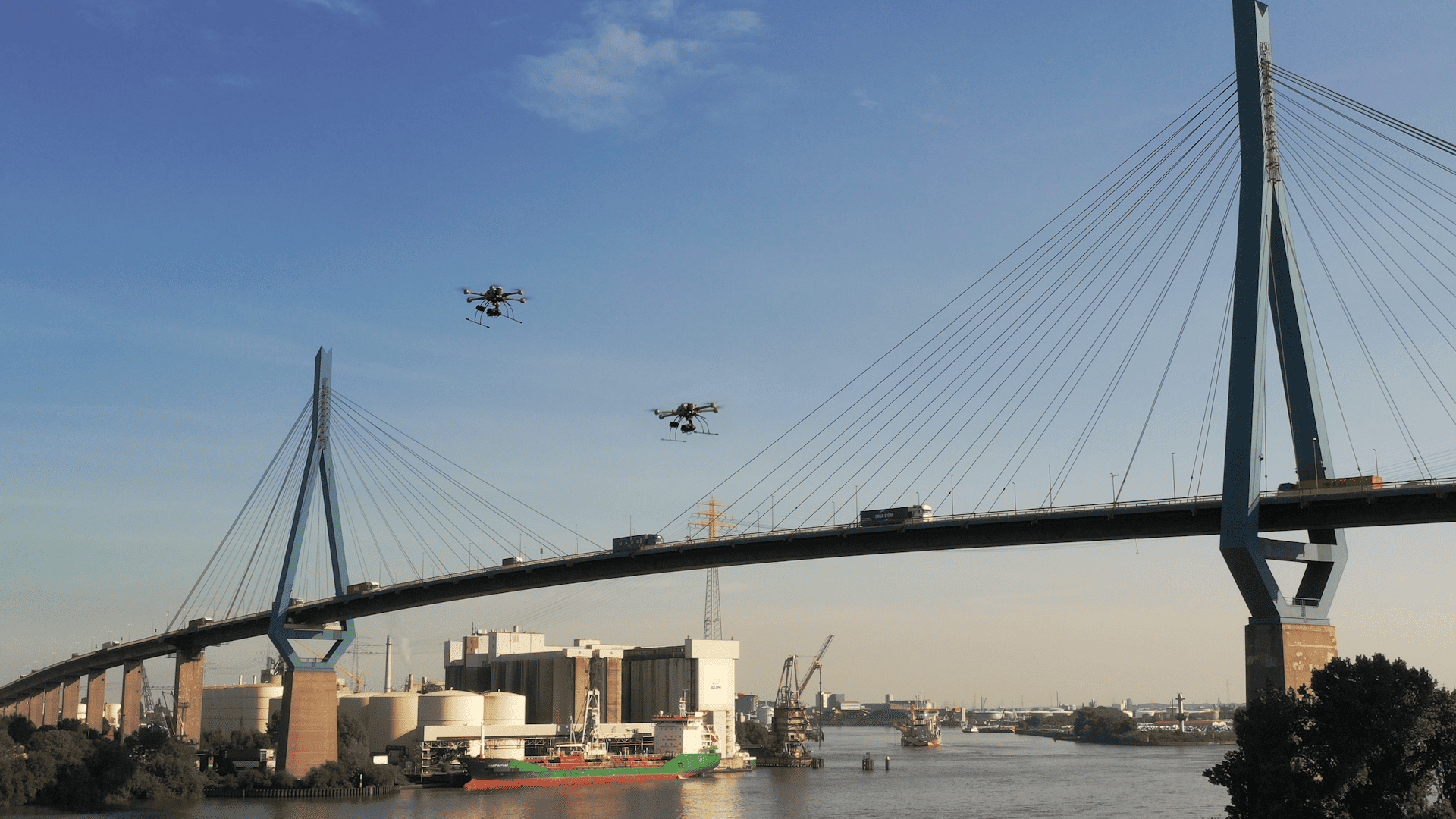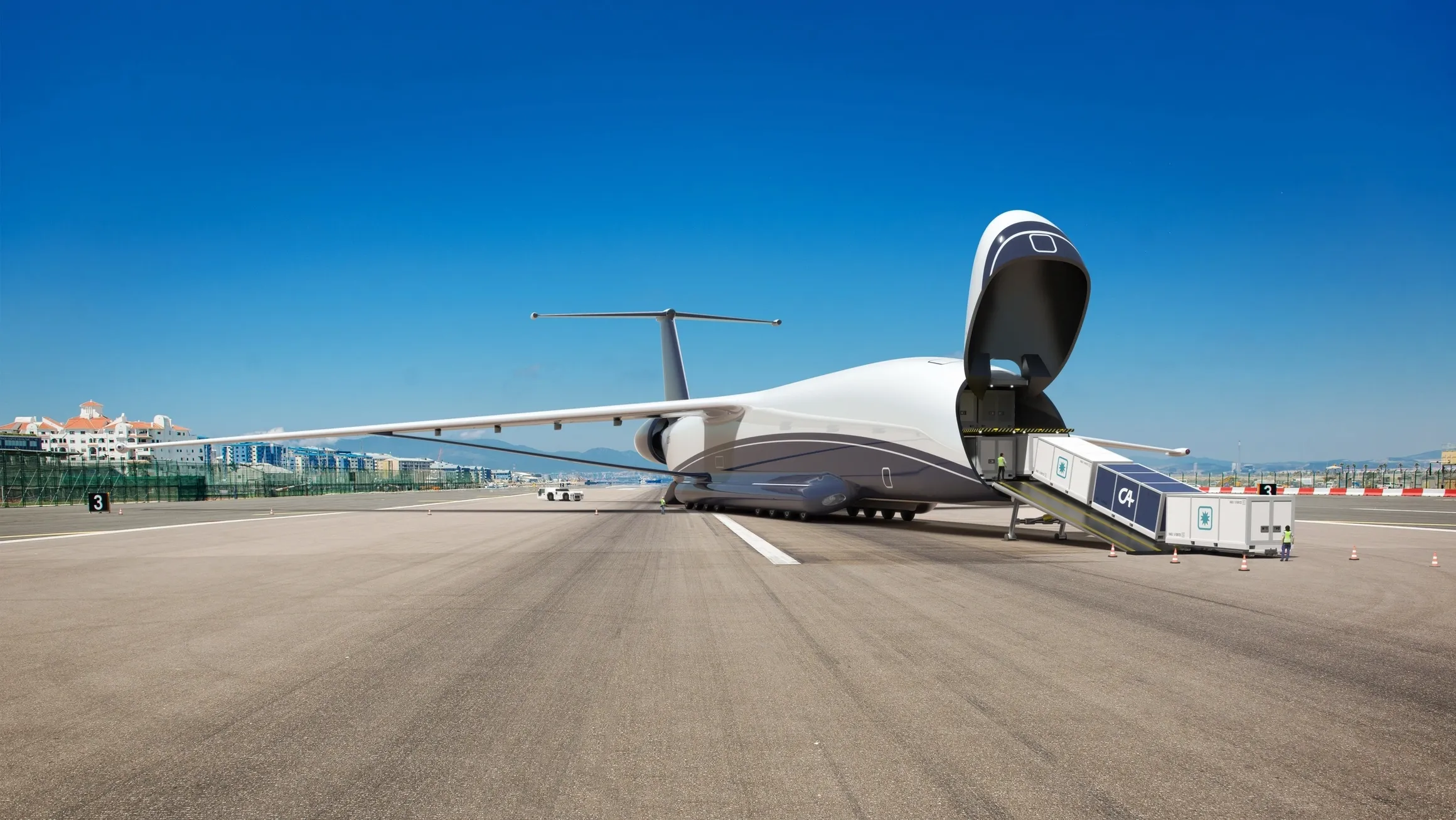
What used to be remote-controlled model airplanes are now drones. But these flying machines are not only used as high-tech toys by people who like to film their properties from above to post videos and images on social media platforms. Rather, they are used by real estate agents, for example, to show their customers the properties they are offering for sale. They are used for weather monitoring, recording ground structures, spraying crops in agriculture, logistics, disaster control, transportation, by police and for numerous other purposes.
To be able to cover larger areas, they are now increasingly flying in swarms. This also allows them to collect much larger amounts of data, as each drone can be equipped with different sensors if necessary. But how do they manage to navigate around obstacles and not collide? Engineers at the Swiss Federal Institute of Technology (EPFL) in Lausanne, Switzerland have developed a predictive control model to do just that, allowing drones to fly quickly and safely even in cluttered environments. The device allows individual drones to predict their own behavior as well as that of neighboring drones in the swarm.
Preventing collisions
The risk of a blockage within the flock causing drones to collide is one of the main reasons why deployment in flocks is still relatively rare. In nature, birds in flocks usually coordinate their behavior with the others and, if necessary, adjust their flight path to keep enough distance from each other, fly in formation or even avoid an obstacle. This is exactly the behavior that drones are designed to achieve.
“In a drone swarm, when one drone changes its trajectory to avoid an obstacle, its neighbors automatically synchronize their movements accordingly,” says Dario Floreano, a professor at EPFL’s School of Engineering and head of the Laboratory of Intelligent Systems (LIS). “But that often causes the swarm to slow down, generates gridlock within the swarm or even leads to collisions.”
Not just “flying by sight”
Enrica Soria, a doctoral student at LIS, has developed a predictive control module to solve such problems. With this model, drones can react to others in the swarm as well as anticipate their own movements and those of nearby drones. “Our model gives drones the ability to determine when a neighbor is about to slow down, meaning the slowdown has less of an effect on their own flight,” Soria says.
For the model to work, locally controlled, simple rules must be programmed in, such as a minimum distance between each drone, and a specific set speed and direction that the swarm must follow. This allows the drones to become more independent of commands issued by a central computer. Such a computer calculates the trajectories of individual drones during light shows in the air, for example, and relays appropriate instructions to avoid collisions. “But with our model, drones are commanded using local information and can modify their trajectories autonomously,” Soria says.
Inspired by nature
Previous tests at LIS have shown that the new model improves the speed, order and safety of drone swarm flight in areas with many obstacles. “We don’t yet know if, or to what extent, animals are able to predict the movements of those around them,” Floreano says. “But biologists have recently suggested that the synchronized direction changes observed in some large groups would require a more sophisticated cognitive ability than what has been believed until now.”
Soria’s work was published in Nature Machine Intelligence.
For more articles on drones, click here.








